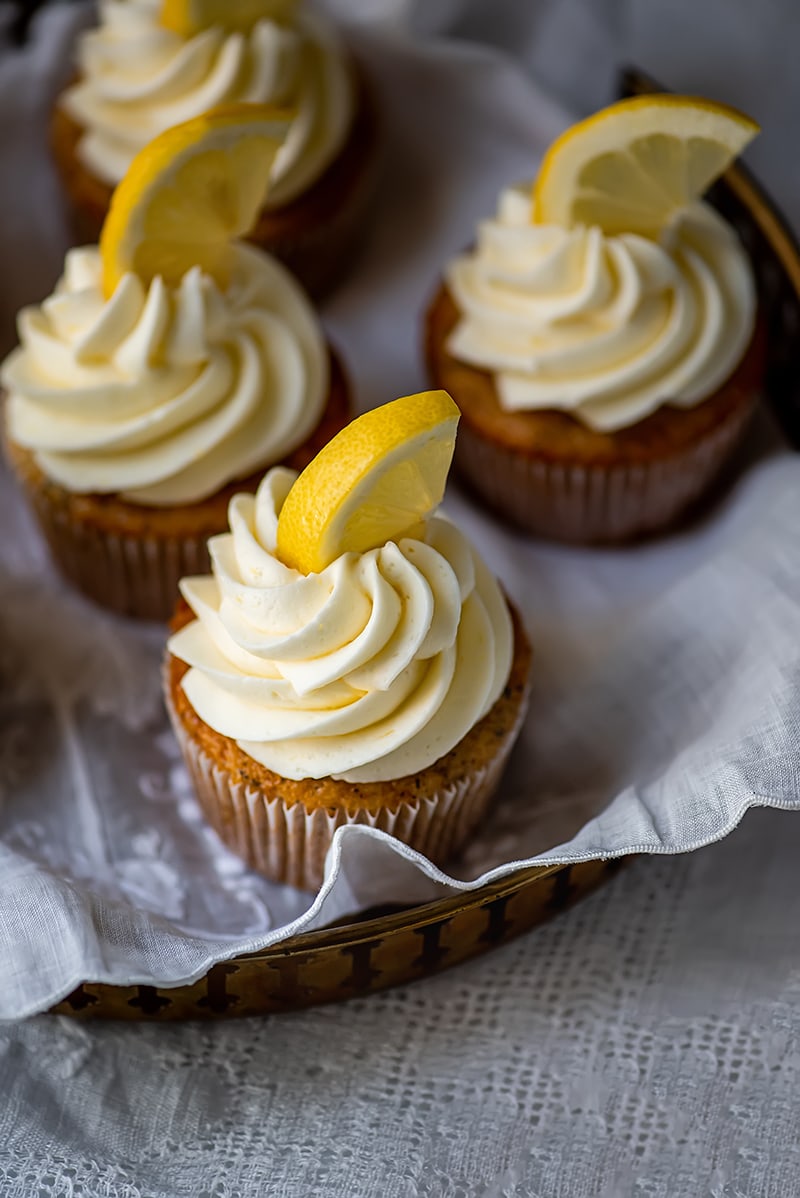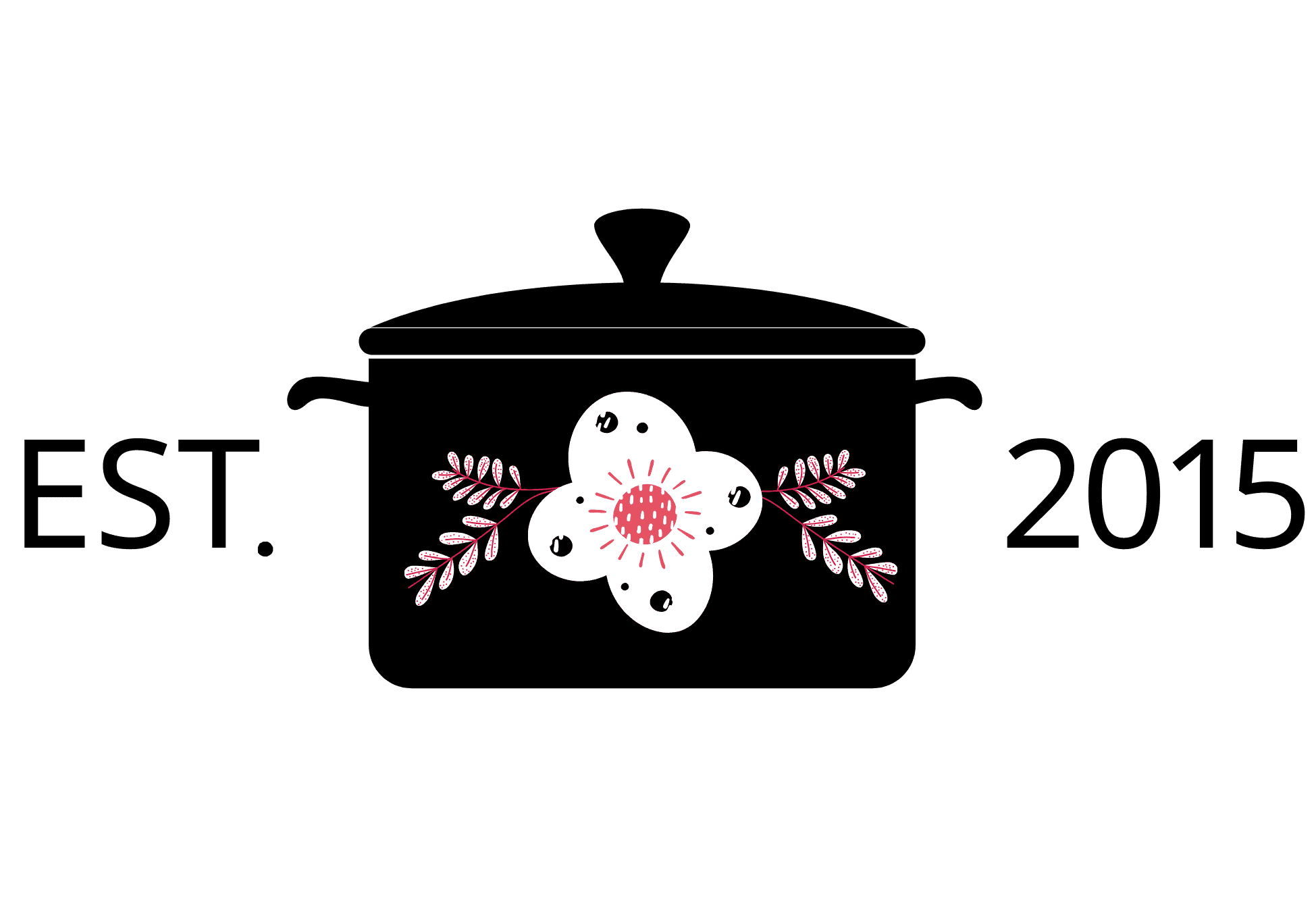When life gives you lemons, make the most of them! This recipe turns leftover lemon zest into flavored vinegar. Perfect for and vinaigrettes and marinades!

Growing up, I heard the phrase “waste not, want not” all the time. Money was usually tight, and my parents didn’t want me to squander away their hard earned cash. At the time, their admonishment was annoying and seemed trivial since we did have “enough”.
But in the end, my parents succeeded in teaching me this lesson in frugality. As an adult, I have a hard time throwing out anything that could possibly be reused. Saver? Occasional hoarder? Maybe. But in the long run, this philosophy saves money, especially in the kitchen.
I try to stretch food by not wasting anything. I save veggie scraps and bones for chicken stock and turn old bread into croutons.
Same goes for lemon zest. If I don’t need the whole lemon, I freeze the zest for later or find a way to add to to another dish.
I came up with this recipe to preserve that delicious lemon zest flavor. It’s a really easy to make flavored vinegar that’s affordable and can be used in a multitude of dishes.

How to make flavored vinegar
My recipe for lemon vinegar only uses four ingredients: lemon zest, white distilled vinegar, sugar and sea salt, which means this is also a seasoned vinegar. The process is very similar to making a pickle brine.

Simply place lemon zest in a mason jar. Bring vinegar to a boil with the salt and sugar and pour over the zest.

Cover the jar, refrigerate and let the flavors meld for a few days then give it a taste test. If you use a microplane zester, the flavors will infuse quite fast.
You can also pare the lemon with a peeler, being careful to leave the pith behind…but then you have to wait about 3-4 weeks for the vinegar to infuse.

You can then use the vinegar like it is, or strain and bottle it. I prefer to use the microplane and not strain the vinegar… it doesn’t usually last long enough to warrant the extra steps.
But if you would like to make homemade lemon vinegar for gifts, I suggest straining the vinegar after a couple weeks. After the vinegar sits a while, the jar tends to develop a ring of solids that can look unpleasant. You can always bottle the vinegar with a few small strips of fresh lemon zest for extra color and interest.

This homemade lemon vinegar is lemony, sweet and not too acidic. Since it’s a seasoned vinegar, we add it directly to salads and grilled vegetables for a pop of tart lemon flavor.
It’s also perfect if you love to freestyle in the kitchen like me! When I’m in a hurry to make lunch or dinner, I season things to taste rather than spend time carefully following a recipe. This vinegar is great in quick vinaigrettes and marinades and since it’s already seasoned with salt and sugar, I can pull out one ingredient instead of three!


Lemon Vinegar Recipe
Ingredients
- 3 lemons , zested
- 1 cup white vinegar
- 3 tablespoons sugar
- 1 teaspoon sea salt
Instructions
- Place zest in the bottom of a mason jar.
- Combine vinegar, sugar and salt in a pot and bring to boil over high heat.
- Pour vinegar over lemon zest. cover and refrigerate for 2-3 days.
- If desired, strain vinegar and bottle.
Notes
- I used a microplane to zest the lemons. This speeds up the infusion of the vinegar.
- Both the Clemson Cooperative Extension and the University of Georgia Cooperative Extension recommend refrigerating flavored vinegar to preserve freshness.
Nutrition
Love homemade condiments? We’ve got more great recipes for you!
You might also like:
Lemon Icebox Pie
From scratch Lemon Icebox Pie is just what summer ordered! It’s sweet, tart, creamy, nutty and best served cold!
Asparagus Salad
This asparagus salad features crunchy radish slices and a homemade lemon vinaigrette. It’s an easy side dish for any occasion, from busy weeknight dinners to spring and summer barbecues.
Earl Grey Cupcakes
These earl grey cupcakes taste like a sweet celebration. The perfect dessert for small accomplishments, special occasions or everyday cravings.







Leave a Reply